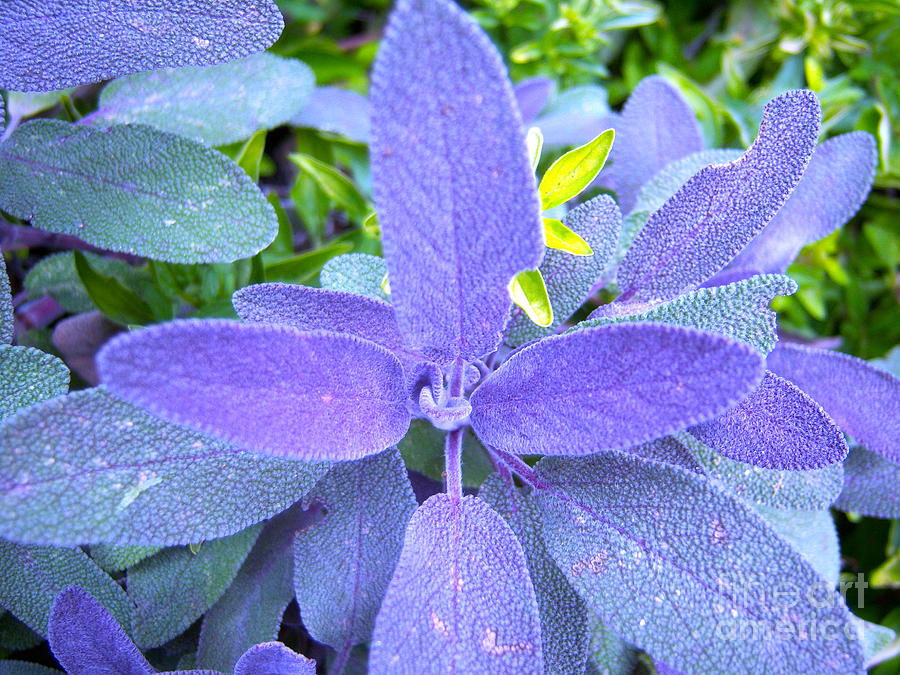

And if your idea of country-rock singing is drawling at medium volume in the general vicinity of the correct pitch, you might think they're improving themselves by letting Dave Nelson and Dave Torbert take their turns at the mike. If your idea of adventure is getting wasted, you too might end up in bed with Panama Red. This time the originals are depressingly unoriginal, and the memory of the country, Motown, and rock classics they cover renders the voices pathetic. Last time the offhand, dreamy mythos of the originals seemed designed for the thin, dreamy pathos of the voices, and even then the combination didn't wear very well except as pastoral Muzak. This diminutive, definitely mild-mannered c&w fantast betrays (I said betrays) none of the manipulative self-regard that marks the true wimp, and his voice suits the folkie-hippie casualness of the band's "country"-"rock." A feckless myth, to be sure-trucking women and heroic dopers, gentle aspiration and mysterious evil. Many find the weakness of John "Marmaduke" Dawson's singing an a priori turnoff, but I'm perversely attached to it.

The Best of New Riders of the Purple Sage D+.Your people shall be my people, and your God my God!”) But in 1912, it must have been thrilling, sexy, even daring.Robert Christgau: CG: New Riders of the Purple Sage Hide me till danger is past-till we are forgotten-then take me where you will. (O those crazy Mormons!) (O pioneers!) But at its center are Jane Withersteen (a pre-universal-suffrage Mormon woman of independent mien and means) and the enigmatic, gunslinging Jim Lassiter (our conquering hero). (My bet is, to impressionable boys and dissatisfied women.) It has all the standard western elements-horse thieving, cattle rustling, battles over water rights, discovery of gold-plus the carry-over nineteenth-century crowd-pleasing plot device of female abduction, this time by Mormons, not Apaches. Riders of the Purple Sage is a love story (several love stories, actually), bursting with pre-Freudian eroticism of the later drugstore-novel type. But clearly no savvy wordsmith with his eye on greenbacks would call a rip-roaring tale pulsing with repressed sexual energy (it was still the late-Victorian era, even on the Utahan salt flats) Riders of the Gray Sage when he could bust out the paint pot and dab each page with purple.Īnd dab he does: Purple figures everywhere in Grey’s lavish descriptions-on mountains, in sunsets, on slopes, and in valleys-and if it’s not the color one associates with land surrounding Salt Lake City (it’s not), at least it’s an authentic color for the shadow this book has cast across the genre of the western novel for a hundred years.Įven if you haven’t read the book, I bet you think you know what it’s about: solitary masculinity on a colossal stage of raw geology, right? (Framed by Ford and featuring the Duke.)

Otherwise, for most of the year, it’s, well, gray (like Zane) (whose real given name was Pearl). It’s an odd choice for an evocation of the American West-in this case, that rare gambit of polygamous willfulness that goes by the name of Utah-because the eponymous high-desert shrub of the novel’s title is only ever purple when it’s in bloom. He invokes the color in the first scene of the novel and then deploys it on nearly every other page, frequently as often as three times in the same paragraph. Legend has it that the term purple prose arose from the color of the ink employed in printing the earliest pulp fiction, and when Zane Grey wrote his best-selling potboiler Riders of the Purple Sage, he was surely swimming in it.


 0 kommentar(er)
0 kommentar(er)
